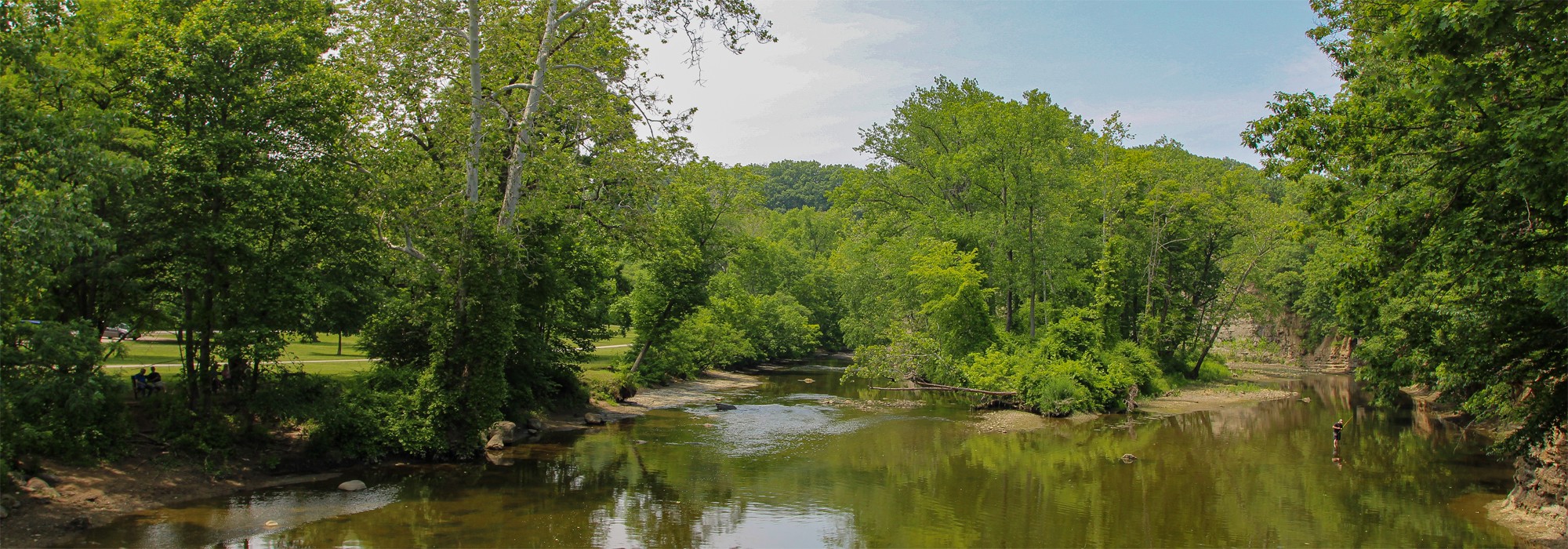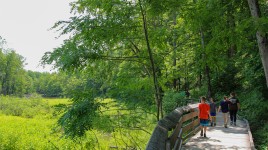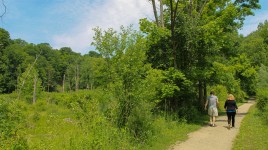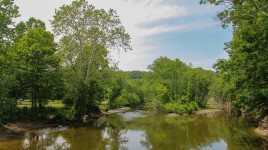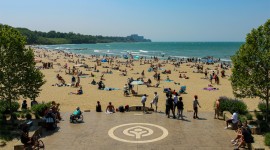Pioneer Information
Born in Cleveland, Ohio, Stinchcomb was a self-taught engineer who began his long career in public service working as a surveyor for the City of Cleveland in 1895. In 1902 Stinchcomb was appointed chief engineer of parks, In this role he expanded the growing city’s park system, proposed improvements of the city’s lakefront, and supported the construction of sporting facilities, playgrounds, and auxiliary park structures. In 1905, in his annual report to Cleveland City Council, he first proposed a comprehensive outer park and boulevard system believing that this land held “some of the finest stretches of natural park lands to be found in the northern part of Ohio.” Beginning in 1912 Stinchcomb served three terms as Cuyahoga County engineer. Stinchcomb and Frederick Law Olmsted, Jr., were engaged by the Cuyahoga County Park Board in 1915 to prepare a comprehensive plan for park development in Cleveland and Cuyahoga County. Stinchcomb ultimately drafted a park bill that would lead to the formation of the first Cleveland Metropolitan Park Board in 1917.
After unsuccessfully running for Cleveland mayor, Stinchcomb worked as the consulting engineer for the newly formed Cleveland Metropolitan Park System in 1917 and became its first director in 1921, a position he held until his retirement in 1957.
A staunch believer in the necessity of access to the outdoors for the health and well-being of the urban dweller, Stinchcomb advocated the realization of an outer system of green spaces encircling the city, which became known as Cleveland’s “Emerald Necklace.” By 1930, via donations and purchases, Stinchcomb acquired 9,000 acres in nine reservations, including Rocky River, Huntington, Big Creek, Hinckley, Brecksville, Bedford, South Chagrin, North Chagrin, and Euclid Creek, for the Cleveland Metropolitan Park District (now Cleveland MetroParks). During the Great Depression, he employed New Deal programs to improve the park system and enhance its connectivity with roads, watermains, and trails.
The Stinchcomb Memorial, a 30-foot concrete tower designed in 1958, commemorates Stinchcomb’s contributions to Cleveland and is located in the Rocky River Reservation, overlooking the first parcel of land purchased to form the Metropolitan Park District.
In 1957, Stinchcomb retired after suffering a stroke, ending his 58-year career. He died two years later in Cleveland and is buried in West Park Cemetery.



